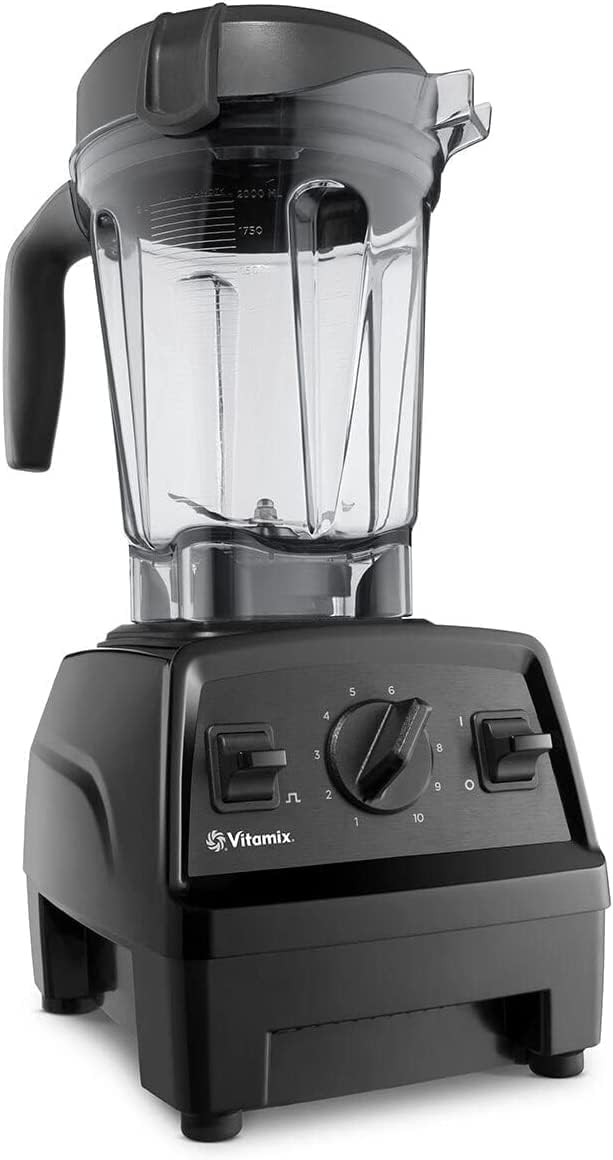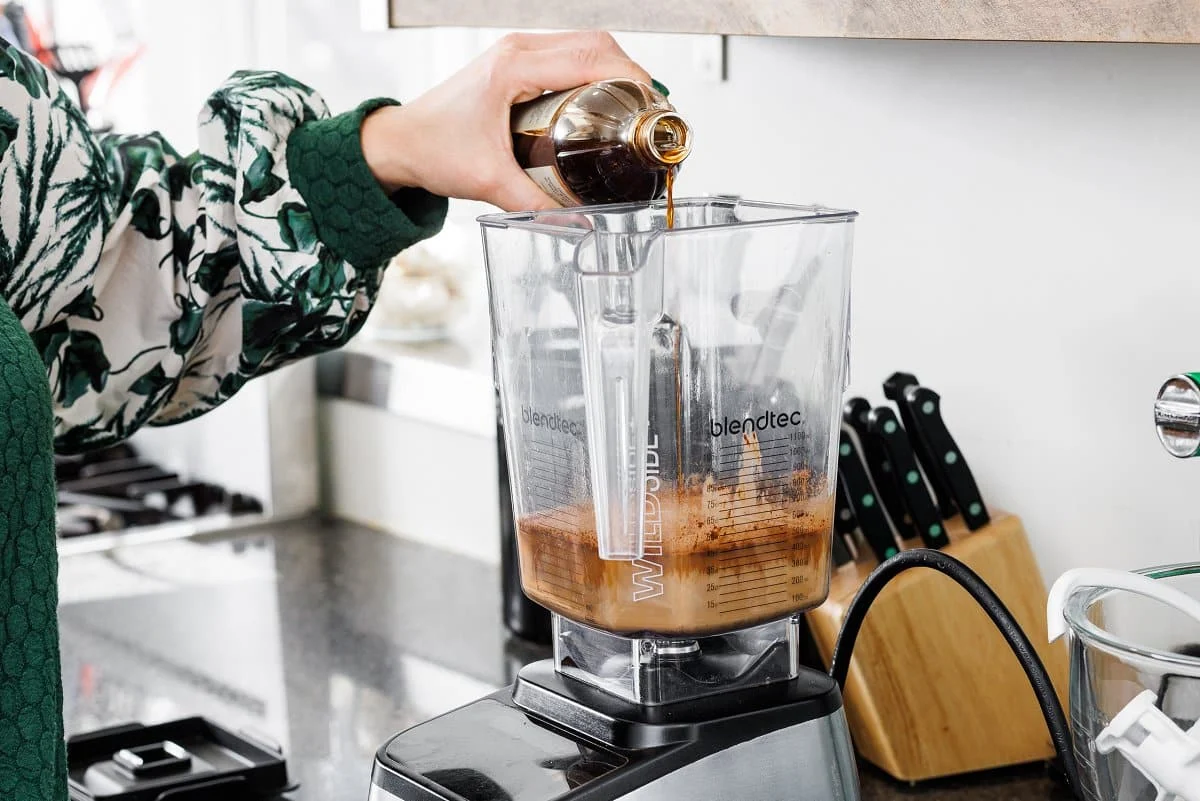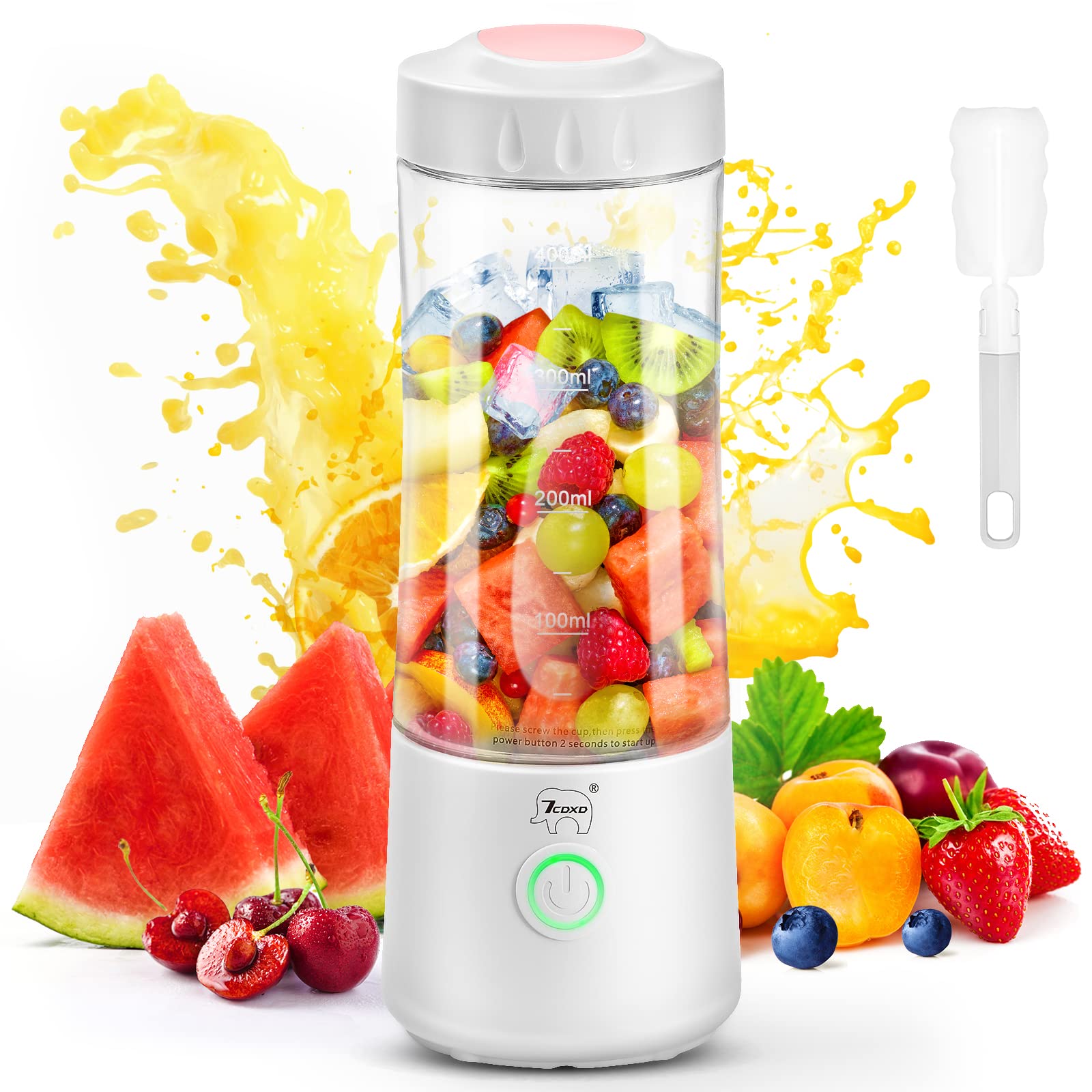
Introduction:
When it comes to choosing a blender, two popular brands often come to mind: Ninja and Nutribullet. Both brands offer a range of models designed to make blending simple and efficient, but each has its unique features, advantages, and drawbacks. This comprehensive guide compares Ninja blenders and Nutribullets in various aspects, including design, performance, versatility, ease of use, cleaning, and price, to help you make an informed decision.

Ninja Blender vs Nutribullet:
Which Is the Better Choice?
Design and Build Quality:
How Do Ninja and Nutribullet Blenders Compare in Terms of Design and Durability?
The design and build quality of a blender significantly impact its usability and longevity.
Ninja Blender:
Robust Construction:
Durability: Ninja blenders are known for their sturdy and robust construction. They often feature heavy-duty plastic or metal bodies that can withstand frequent use without easily showing signs of wear and tear.
Multiple Models: Ninja offers a wide variety of blender models, ranging from personal blenders to full-sized countertop blenders. Each model typically includes several blending cups and containers made from high-quality materials.
Ergonomics:
User-Friendly Design: Most Ninja blenders come with ergonomic designs, including easy-grip handles and secure lids, which enhance user comfort and safety. The intuitive control panels make them easy to operate.
Nutribullet:
Simplified Design: Nutribullets focus on a minimalistic design without compromising functionality. The straightforward, streamlined look appeals to users who prefer simplicity.
Material Quality:
Durable Components: Nutribullet blenders use durable, high-impact plastic for their cups and containers. While not as heavy-duty as some Ninja models, they are built to handle daily use effectively.

Blending Performance:
Which Brand Offers Superior Blending Performance?
Blending performance is crucial for those who plan to use their blender for various recipes, from smoothies to sauces.
Ninja Blender:
High Power:
Motor Strength: Ninja blenders typically come with high-powered motors, often ranging between 900 to 1500 watts. This power enables them to crush ice, blend tough ingredients, and create smooth textures quickly.
Versatile Blades: Ninja blenders often feature multi-tiered, sharp blades that are designed to chop, blend, and crush with precision. These blades ensure thorough blending without leaving chunky residues.
Performance Consistency:
Uniform Results: The high-power motor and versatile blades combine to provide consistent, uniform blending results. Whether you’re making a smoothie, soup, or puree, Ninja blenders perform reliably.
Nutribullet:
Adequate Power:
Motor Capacity: While generally less powerful than Ninja blenders, Nutribullets still offer adequate motor strength, typically ranging from 600 to 1200 watts. This power is sufficient for most blending tasks, including making smoothies and light soups.
Smooth Blends:
Effective Blending: Nutribullets are praised for their ability to create smooth, drinkable blends quickly. They handle softer ingredients well, though they may struggle slightly with harder items like ice.

Versatility and Functionality:
How Versatile and Functional Are Ninja and Nutribullet Blenders?
Versatility and additional functionalities can make a blender more valuable in the kitchen.
Ninja Blender:
Multi-Functionality:
Blend and More: Ninja blenders often come with various attachments and settings that allow for more than just blending. Many models can also be used for food processing, dough mixing, and even juicing.
Pre-Set Programs: Higher-end Ninja models feature pre-set programs for specific tasks like making smoothies, crushing ice, and kneading dough. These pre-sets simplify the blending process by optimizing the settings for each task.
Nutribullet:
Focused Functionality:
Blending Specialist: Nutribullets are primarily designed for blending and nutrient extraction. They excel at making smoothies, shakes, and purees but lack the multi-functional capabilities of some Ninja models.
Ease of Use:
Simple Operation: With fewer settings and attachments, Nutribullet blenders are simple to use. They are generally controlled by a single button or by pressing the container into the base, making them straightforward for everyday tasks.
Ease of Use:
Which Blender Is More User-Friendly and Convenient?
User-friendliness can enhance your blending experience, making it more enjoyable and less frustrating.
Ninja Blender:
Advanced Features:
Complex Controls: While Ninja blenders offer advanced features and settings, this can sometimes make them more complex to operate. Users may need to spend a bit more time familiarizing themselves with the various functions and controls.
Ease of Assembly:
Quick Setup: Despite the advanced features, most Ninja models are relatively easy to assemble. The components, such as jars and blades, often snap into place securely, ensuring safety and convenience.
Nutribullet:
Simplicity Emphasized:
Easy Usage: Nutribullet blenders prioritize simplicity and ease of use. Their straightforward design and minimal buttons make them ideal for quick, hassle-free blending.
Portable Convenience:
On-the-Go: The compact design and included blending cups, which often double as travel mugs with attached lids, make Nutribullets convenient for those who want to blend and go.

Cleaning and Maintenance:
How Easy Is It to Clean and Maintain Ninja and Nutribullet Blenders?
Ease of cleaning is an important consideration for any kitchen appliance.
Ninja Blender:
Detachable Components:
Easy Disassembly: Most Ninja blenders have detachable components that make cleaning straightforward. The removable blades, lids, and jars are often dishwasher-safe.
Deep Cleaning:
Detailed Care: For deep cleaning, parts can be hand-washed using a mild detergent. Care should be taken when handling the sharp blades to avoid injury.
Nutribullet:
Quick Clean-Up:
Simplified Cleaning: Nutribullet blenders are designed for quick and easy cleaning. The blending cups and lids are typically dishwasher-safe, and the blade unit can be rinsed under running water.
Maintenance Tips:
Regular Care: Regularly washing the components immediately after use prevents food from drying and sticking, making maintenance easier. Periodically check the rubber gaskets and blade assembly for wear and tear.
Price and Value:
Which Blender Provides Better Value for Money?
Price and value are often decisive factors when choosing a kitchen appliance.
Ninja Blender:
Varied Price Range:
Investment Worth: Ninja blenders tend to be priced higher, especially their high-end models with advanced features. However, the versatility and powerful performance can justify the investment for frequent blender users.
Long-Term Value: Considering their durability, multifunctionality, and consistent performance, Ninja blenders can be a better long-term investment for those needing a versatile kitchen tool.
Nutribullet:
Affordable Options:
Budget-Friendly: Nutribullet blenders are generally more affordable, making them accessible for those on a budget or who don’t need advanced blending features.
Sufficient for Basic Needs: For users primarily interested in making smoothies and simple blends, Nutribullets provide excellent value without the extra cost associated with more complex models.

Customer Reviews and Feedback:
What Do Users Say About Ninja and Nutribullet Blenders?
Customer experiences can provide valuable insights into the real-world performance of these blenders.
Ninja Blender:
Positive Aspects:
High Satisfaction: Many users praise Ninja blenders for their powerful motors, versatile functions, and durability. Positive reviews often highlight the blenders’ ability to handle tough ingredients with ease.
Negative Points: Some users mention that Ninja blenders can be a bit noisy and may have a steeper learning curve due to their multiple functions and settings.
Nutribullet:
User-Friendly Feedback:
Ease of Use: Nutribullet blenders consistently receive positive feedback for their simplicity, ease of use, and quick cleanup. Users appreciate the convenience of the blend-and-go design.
Performance Limitations: While generally well-received, some users note that Nutribullet blenders may struggle with harder ingredients and lack the versatility of higher-end models.
Suitability for Different Needs:
Which Blender Is Best for Your Specific Requirements?
The best blender for you depends on your specific blending needs and preferences.
Frequent Blenders:
Ninja for Power:
Versatile Uses: If you frequently blend a variety of ingredients, enjoy experimenting with different recipes, or require a multi-functional kitchen appliance, a Ninja blender is likely the better choice due to its power and versatility.
Casual Users:
Nutribullet for Simplicity:
Basic Blending: If you primarily make smoothies, prefer a compact design, and value ease of use and quick clean-up, a Nutribullet blender may be more suitable.
Conclusion
Ninja and Nutribullet blenders each offer unique advantages, catering to different user needs and preferences. Ninja blenders excel with their powerful motors, versatile functions, and robust build, making them ideal for avid users seeking a comprehensive kitchen tool. Nutribullet blenders, with their compact design, user-friendly operation, and affordability, are perfect for individuals who prioritize simplicity and convenience. By understanding the features, performance, and user feedback of each brand, you can choose the blender that best fits your lifestyle and blending requirements.





















































